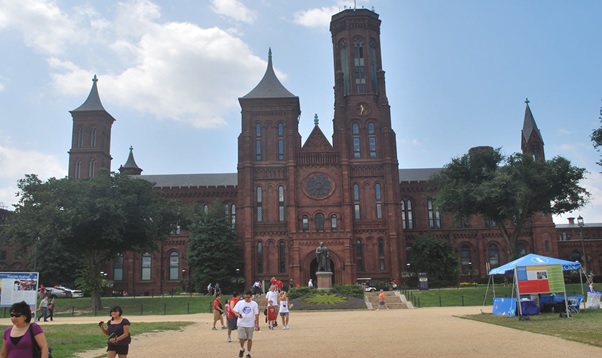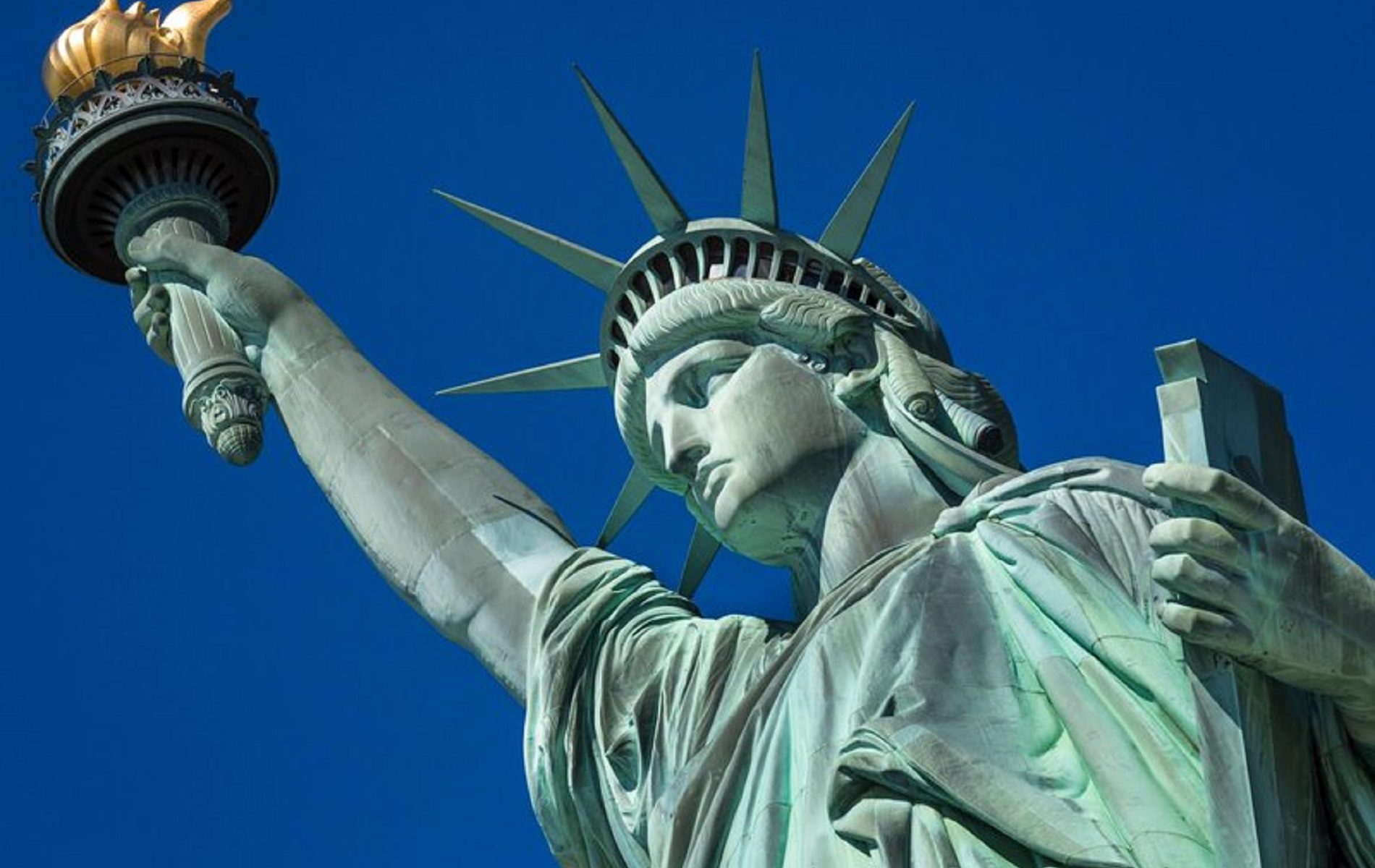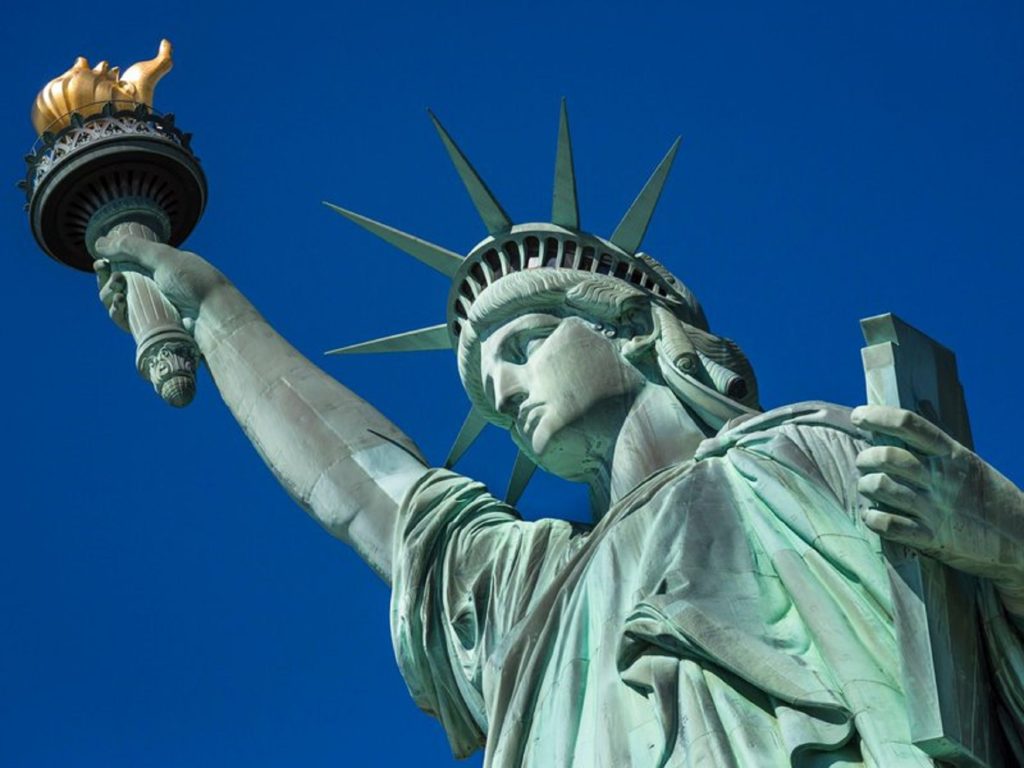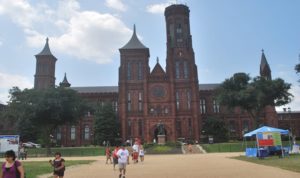
Museums in Washington, DC fall under three forms of governance:
- Part of the public Smithsonian system
- Public but independent of the Smithsonian
- Private
The National Museum of the American People could be governed in any of these ways … or in a new way.
The Smithsonian Institution, with ## museums and other facilities in and around Washington and other facilities elsewhere, is obviously the dominant model in this region. Two of its newest museums both focus on groups of Americans, the National Museum of African American History and Culture and the National Museum of the American Indian. Most of its museums focus on art, several on science, both physical and natural, and three on history of people, the National Museum of American History as well as the African American and American Indian museums.
There are efforts to have the Smithsonian build two more museums, one about the history of American women and the other about the American Latino. The NMAP also requested that the Smithsonian undertake a feasibility study for a museum about the making of the American People.
While the Smithsonian would undoubtedly like to be able to take on all these projects it is being pushed to the wall financially by significant unplanned costs. The biggest is the unexpected need that came to light in the last couple of years to completely renovate the most visited and largest museum in its system, the Air and Space Museum.
Engineering studies of that museum revealed that its entire façade needs to be replaced by new and significantly thicker marble cladding along with other extensive renovations taking place in concert with the new façade. The price tag is around $1 billion for this work. In addition, the extraordinary success of the African American museum has led to a range of unanticipated expenditures.
While the Smithsonian is run as a public-private partnership and receives corporate and other private support, the largest share of its annual operating income is from federal appropriations.
There are also other significant public museums in the Washington area that are independent of the Smithsonian. Museums in this category include the Unites States Holocaust Memorial Museum and the National Gallery of Art, both its main building and its East Wing. All three are on or just off of the National Mall.
Other public non-Smithsonian museums in the DC area include those operated by the National Park Service, the Army, Navy and Air Force and some others operated by federal agencies and local governments. Some of these are also operated as public-private partnerships.
Three of the newest museums in Washington are private: the Newseum, the Spy Museum and the Bible Museum. They have been supported by some combination of private organizations and wealthy individuals.
Given the Smithsonian’s fiscal issues and the current fiscal climate in Washington a new approach is needed now: A public museum paid for and operated with private donations. The planning and construction of the US Holocaust Museum was paid for by private funding and while it continues to receive significant gifts for a variety of special programs and exhibitions, the bulk of its annual operating expenses are from federal appropriations and it is considered a public museum.
National Museum of the American People is proposing a new public-private relationship where all of the funds to plan, build and operate the museum would come from private donations and other non-federal sources, it would be designated a public museum by Congress and land for the museum, a priceless commodity in Washington, could be transferred from one federal agency, the National Park Service for example, to the museum’s governing entity. At the same time, all of the funds to plan, build and operate the museum would technically be gifts to the government earmarked for that purpose.
In this model, private funding would pay for a feasibility study which in turn would pave the way for Congressional action designating the museum as a national museum, transferring the land for it, setting up the museum’s governing body and requiring all of the funds to come from private or other non-federal donations.
The governing body for the NMAP could be selected by a process involving public and private sector officials as designated in the legislation creating the museum institution.
This blog is about the proposed National Museum of the American People which is about the making of the American People. The blog will be reporting regularly on a host of NMAP topics, American ethnic group histories, related museums, scholarship centered on the museum’s focus, relevant census and other demographic data, and pertinent political issues. The museum is a work in progress and we welcome thoughtful suggestions.
Sam Eskenazi, Director, Coalition for the National Museum of the American People

 This blog is about the proposed National Museum of the American People which is about the making of the American People. The blog will be reporting regularly on a host of NMAP topics, American ethnic group histories, related museums, scholarship centered on the museum’s focus, relevant census and other demographic data, and pertinent political issues. The museum is a work in progress and we welcome thoughtful suggestions.
This blog is about the proposed National Museum of the American People which is about the making of the American People. The blog will be reporting regularly on a host of NMAP topics, American ethnic group histories, related museums, scholarship centered on the museum’s focus, relevant census and other demographic data, and pertinent political issues. The museum is a work in progress and we welcome thoughtful suggestions.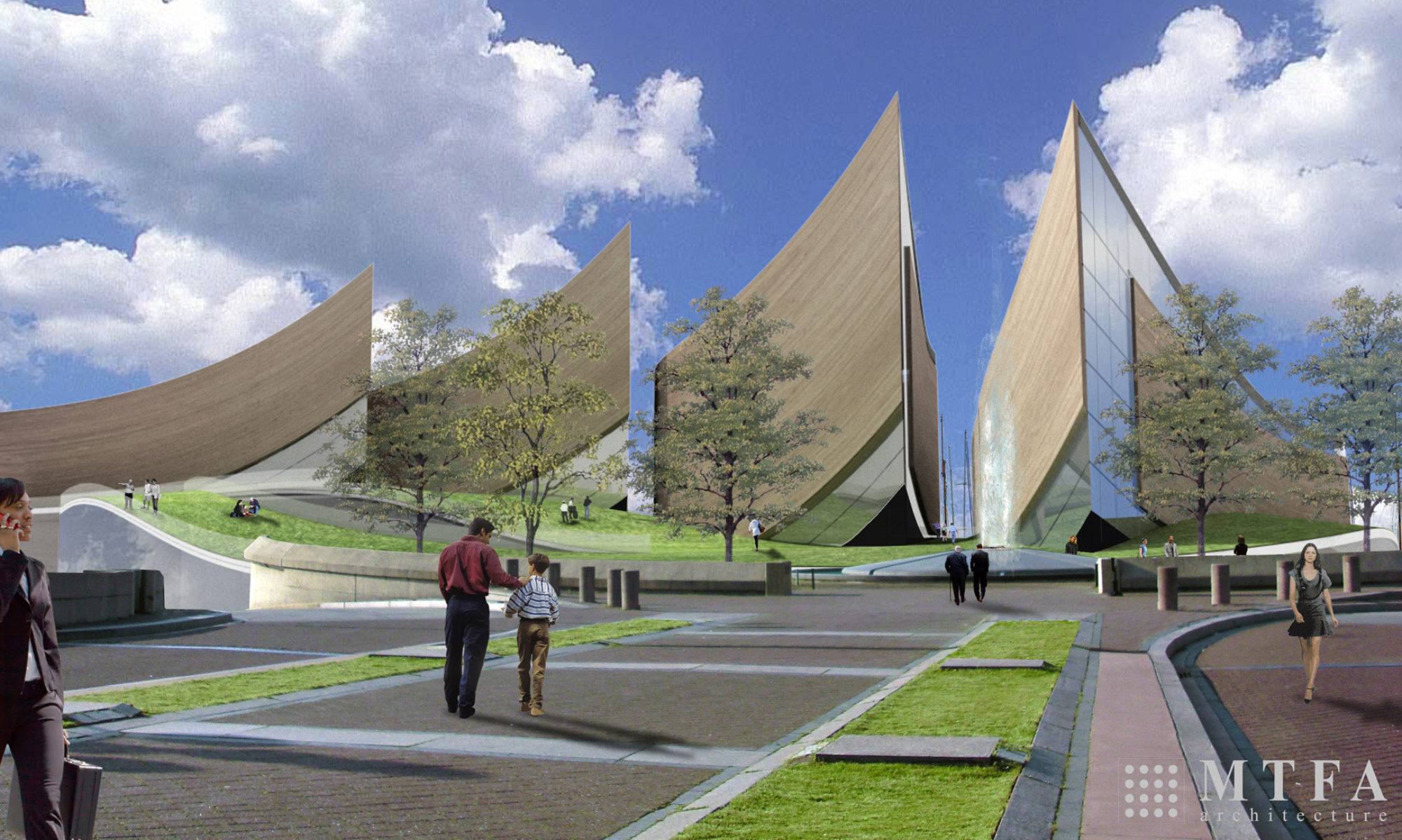
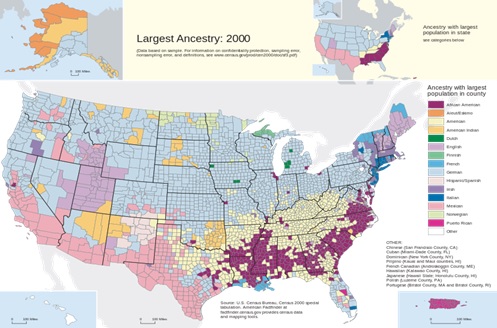
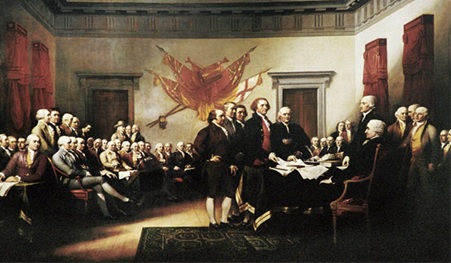
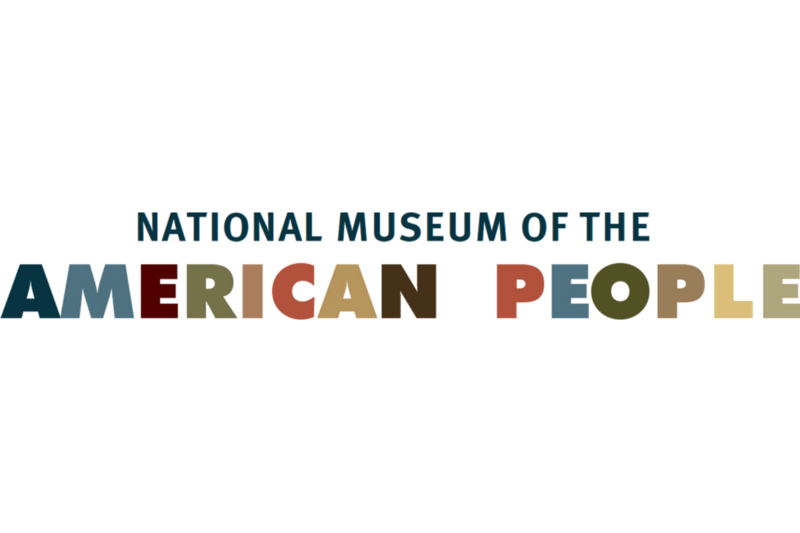


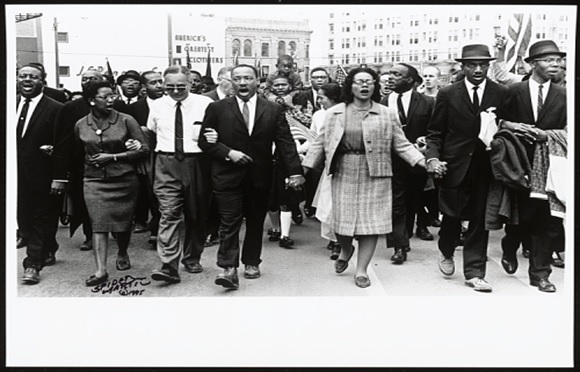
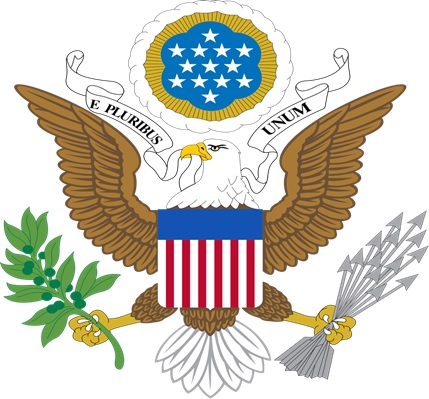
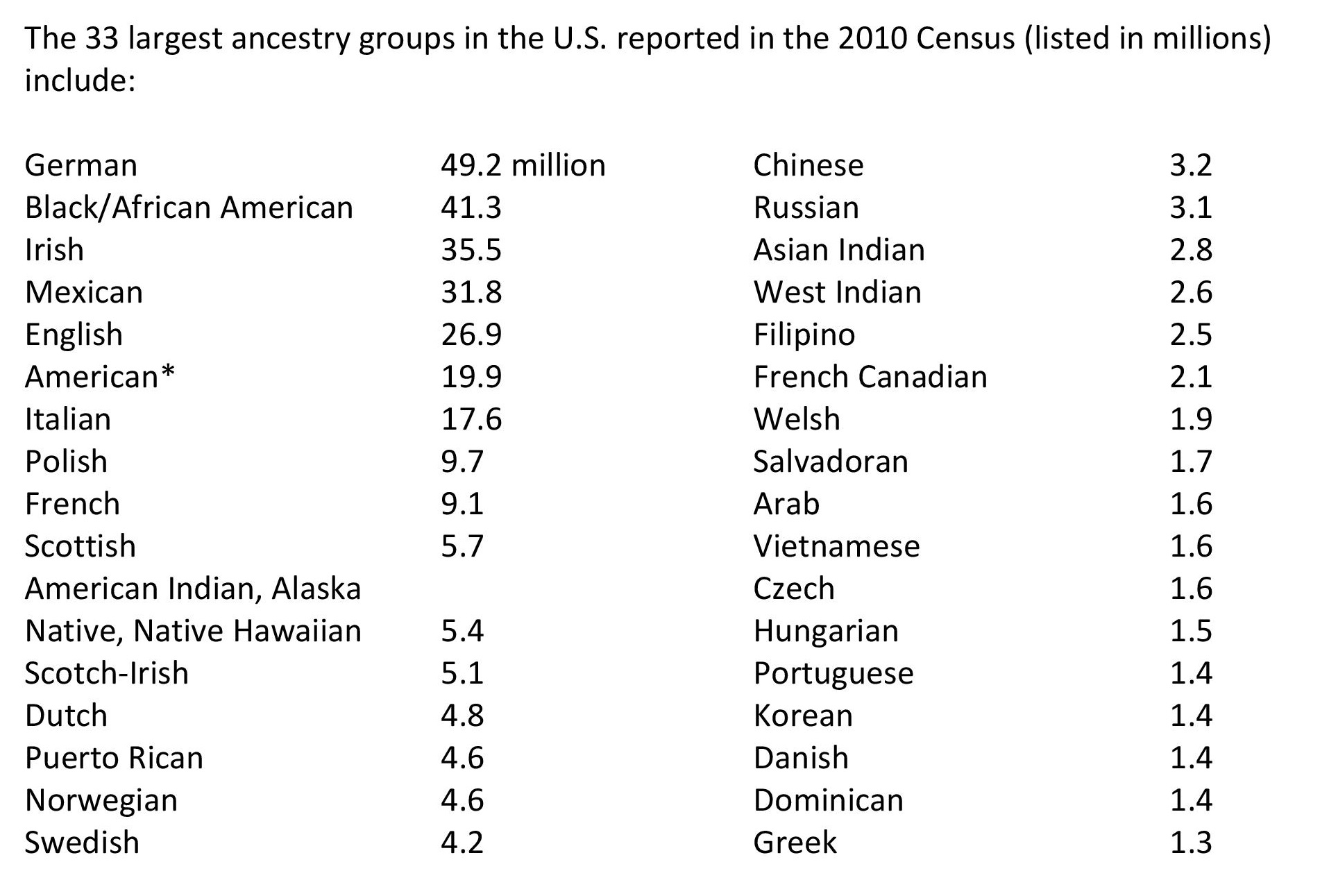 * Generally, people who put down “American” on the Census form have ancestors who came from England, Scotland, Ireland and Germany during the 17 and 18th centuries. They and their descendants thoroughly intermingled and 200 years later they describe their ethnicity as American.
* Generally, people who put down “American” on the Census form have ancestors who came from England, Scotland, Ireland and Germany during the 17 and 18th centuries. They and their descendants thoroughly intermingled and 200 years later they describe their ethnicity as American.